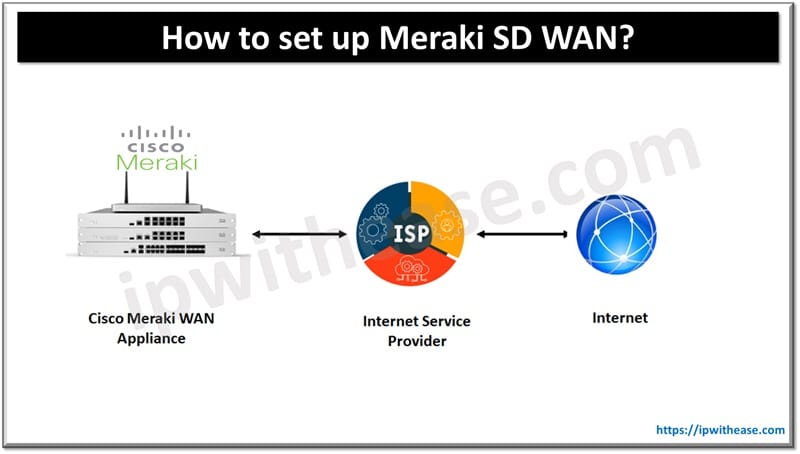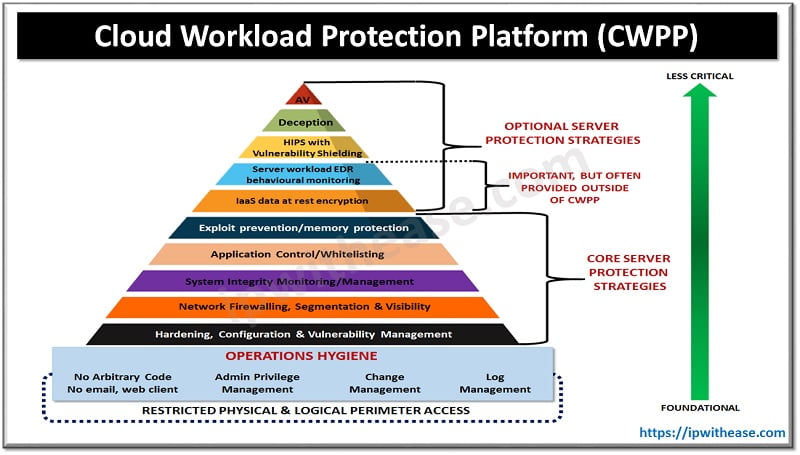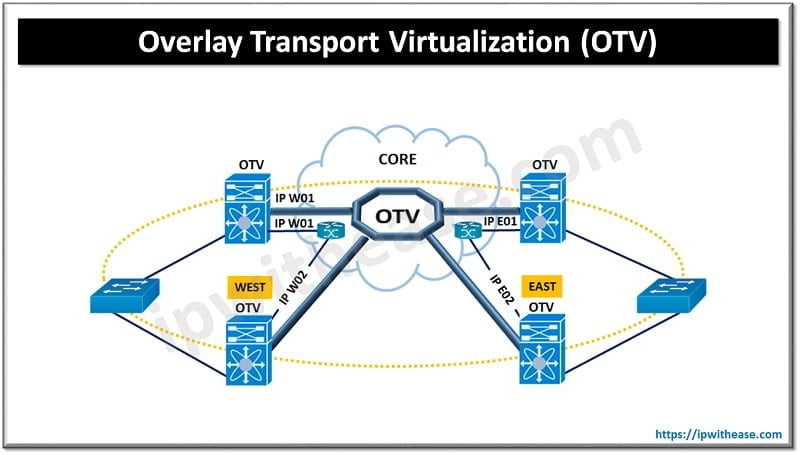Table of Contents
As organizations are becoming more and more customer centric and adopting digital initiatives to gain customer loyalty, generate new revenue streams, accelerate business growth and move towards application deployment over container architecture. The concerns around maintaining governance, compliance, scalability, flexibility, agility, and optimization of TCO (total cost of ownership) for virtual and on prem environments have taken a center stage. Organizations looking for consistent security and policy posture deployment for all applications across enterprise. And right tool to maintain consistency and visibility with a simplified operating model.
In this article today we will look in detail about Cisco cloud ACI (application centric infrastructure), how it is helping organizations in simplification of operations, automated network connectivity, consistent policy management and visibility, use cases etc.
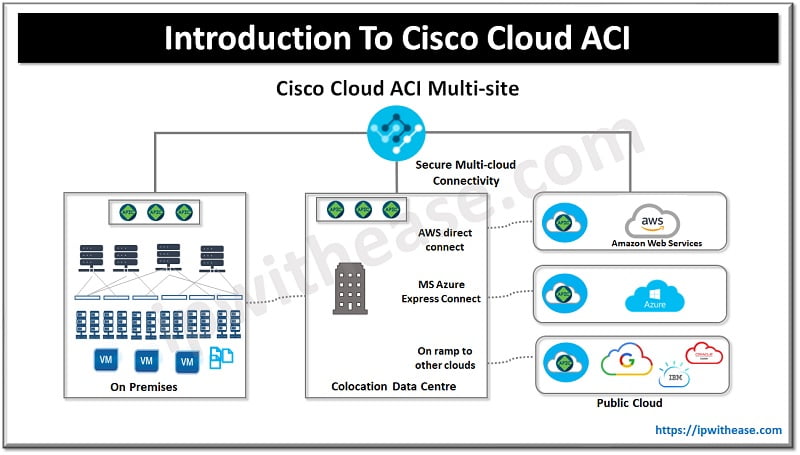
What is Cisco Cloud ACI?
Cisco Application Centric infrastructure (ACI), is an extensive solution to simplify operations, automated network connectivity, consistent policy management, bring visibility for on premises data centers, public data centers and cloud data centers. Business and user intent is captured and translated into native policy constructs for applications deployed across various cloud environments.
It enables application availability and segmentation for bare metal, virtual, container based or microservices based applications. The common policy simplifies the complexity in managing multi-cloud deployments. There is a single management console to configure, monitor or operate multiple diverse segments across hybrid cloud environments.
Cisco Cloud ACI Features
- Consistent operations, visibility, and control over next generation applications
- Common policy across, governance and compliance
- Cisco ACI provides business continuity and disaster recovery
- It allows multi-cloud workload management
- Flexibility or elasticity of resources
- Enables a common operational model across multiple cloud domains
- Integration of cloud native services between on premises data centers and public clouds
- Automates cross domain service application traffic chaining across layer 4 to layer 7 for end-to-end security
- Common whitelist policy model across hybrid cloud environments
- Consistent segmentation policy across bare metal, cloud native, containerized, virtualized applications
- Quick recovery with backup site in public cloud
- Always on encrypted connectivity across every public cloud region and data center
- Automation and scaling of data center extensions into public cloud
Cisco Cloud ACI Use cases
- Micro segmentation
- Managing data center and network switches
- Unified management
- Universal policies deployment
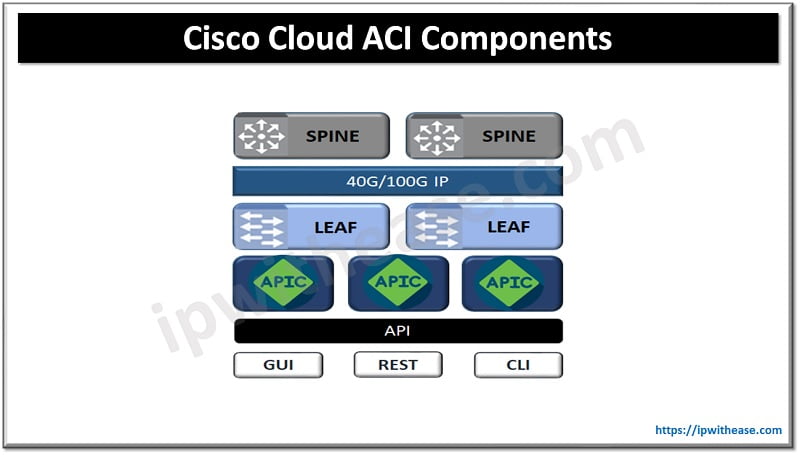
Components of Cisco Cloud ACI
Cisco ACI architecture overcomes the constraints of traditional data center architectures and aids in increased east-west traffic demands of today’s data centers. The spine – leaf architecture appears as a single switch to the outside world with capabilities of routing and bridging. ACI encapsulates traffic inside fabric and policy is applied as needed across fabric spine switches and traffic de-encapsulates when it leaves the fabric.
Within fabric ACI uses intermediate system to intermediate system protocol (IS-IS) and council of Oracle protocol (COOP) for all forwarding of endpoint-to-endpoint communications. This enables all ACI links to be active, equal cost multi-path forwarding and faster convergence. ACI uses Multiprotocol Border Gateway protocol (MP-BGP) to spread routing information among SDN networks and external routers outside fabric.
Quick facts!
Cisco cloud ACI market share is 43.56% in the infrastructure security market.
Continue Reading:
Cisco ACI vs Cisco Viptela SD-WAN vs Cisco SD-access: Detailed Comparison
Cisco ACI Multi-Tenant Environment: Datacenter basics
ABOUT THE AUTHOR

You can learn more about her on her linkedin profile – Rashmi Bhardwaj

